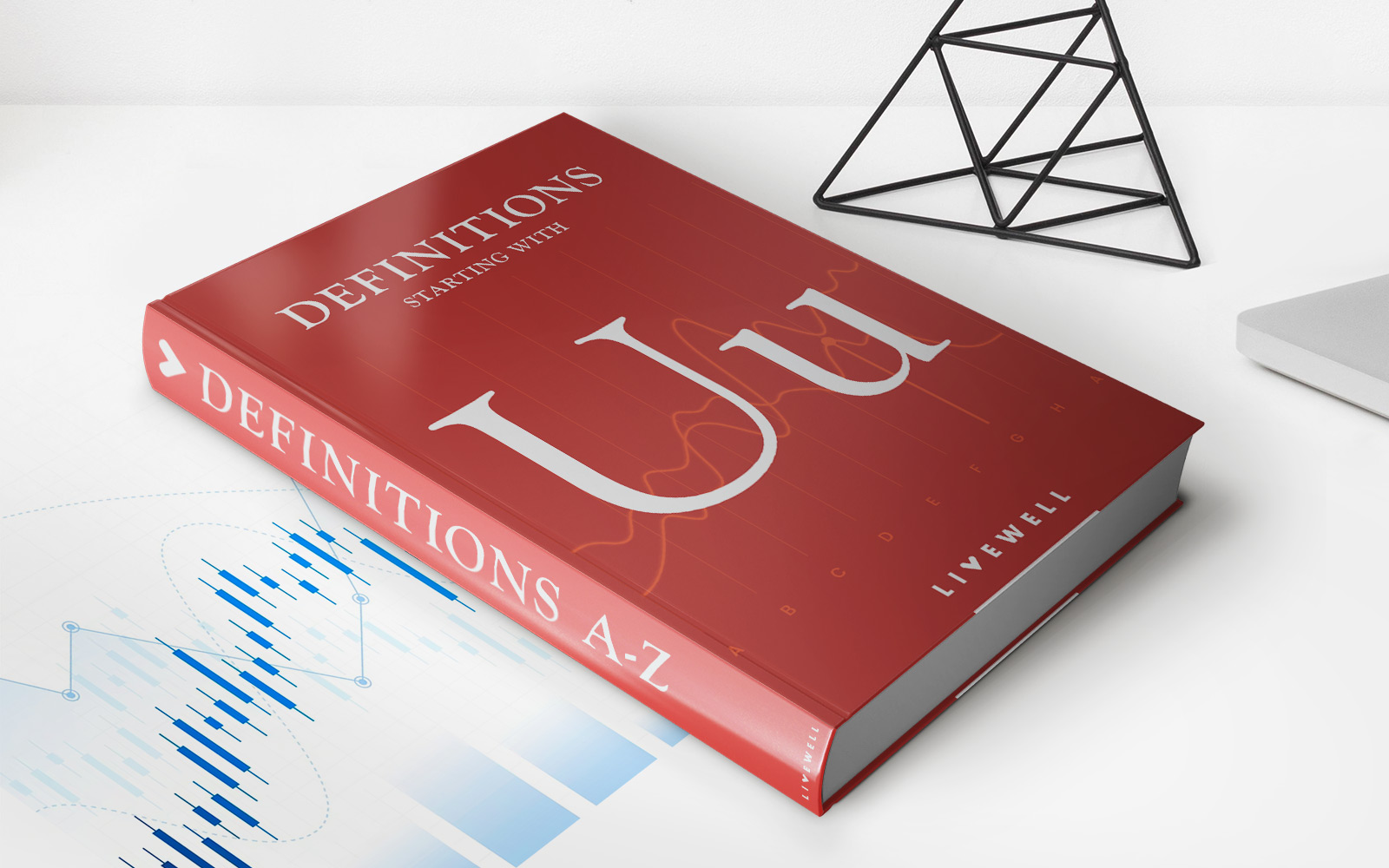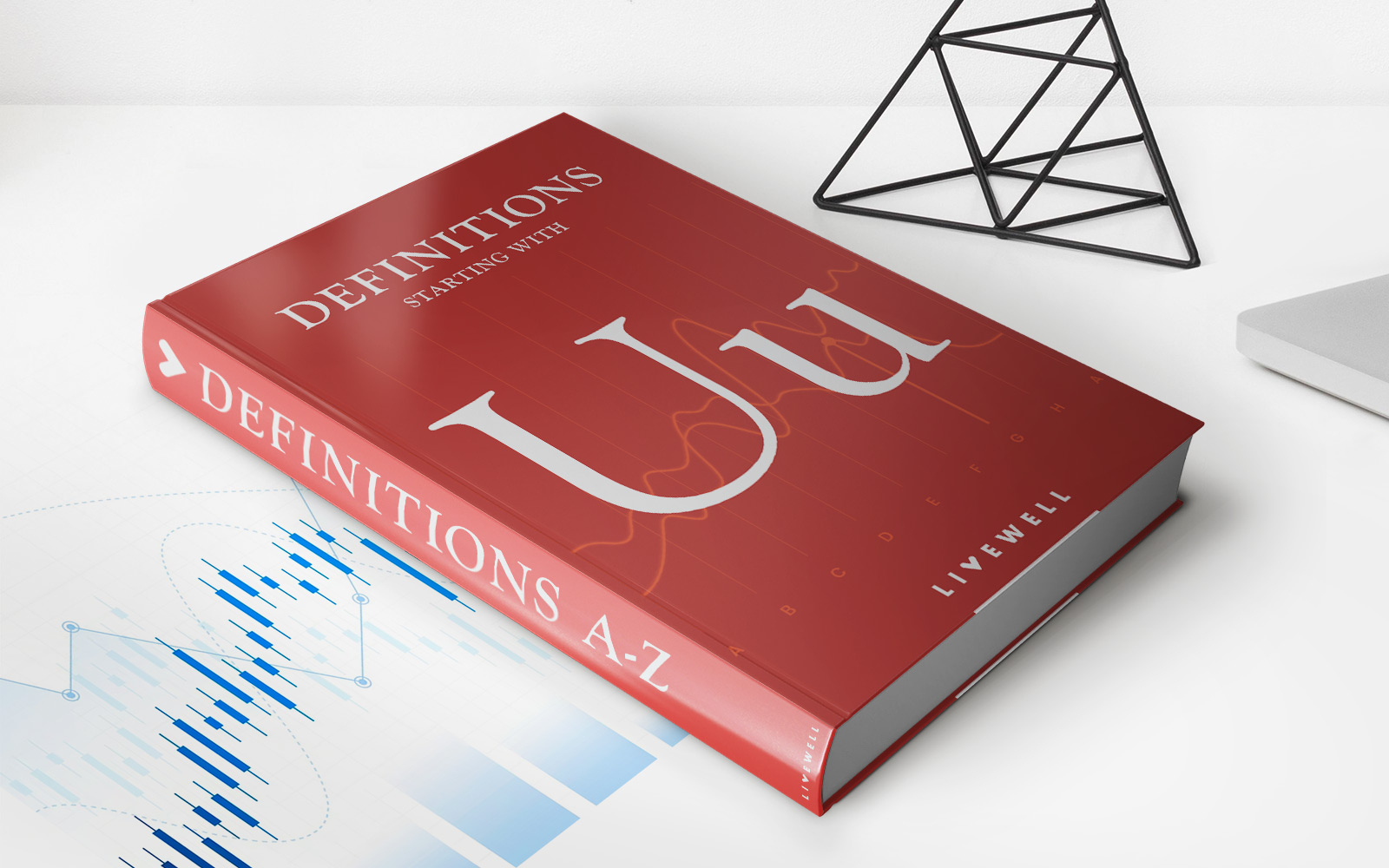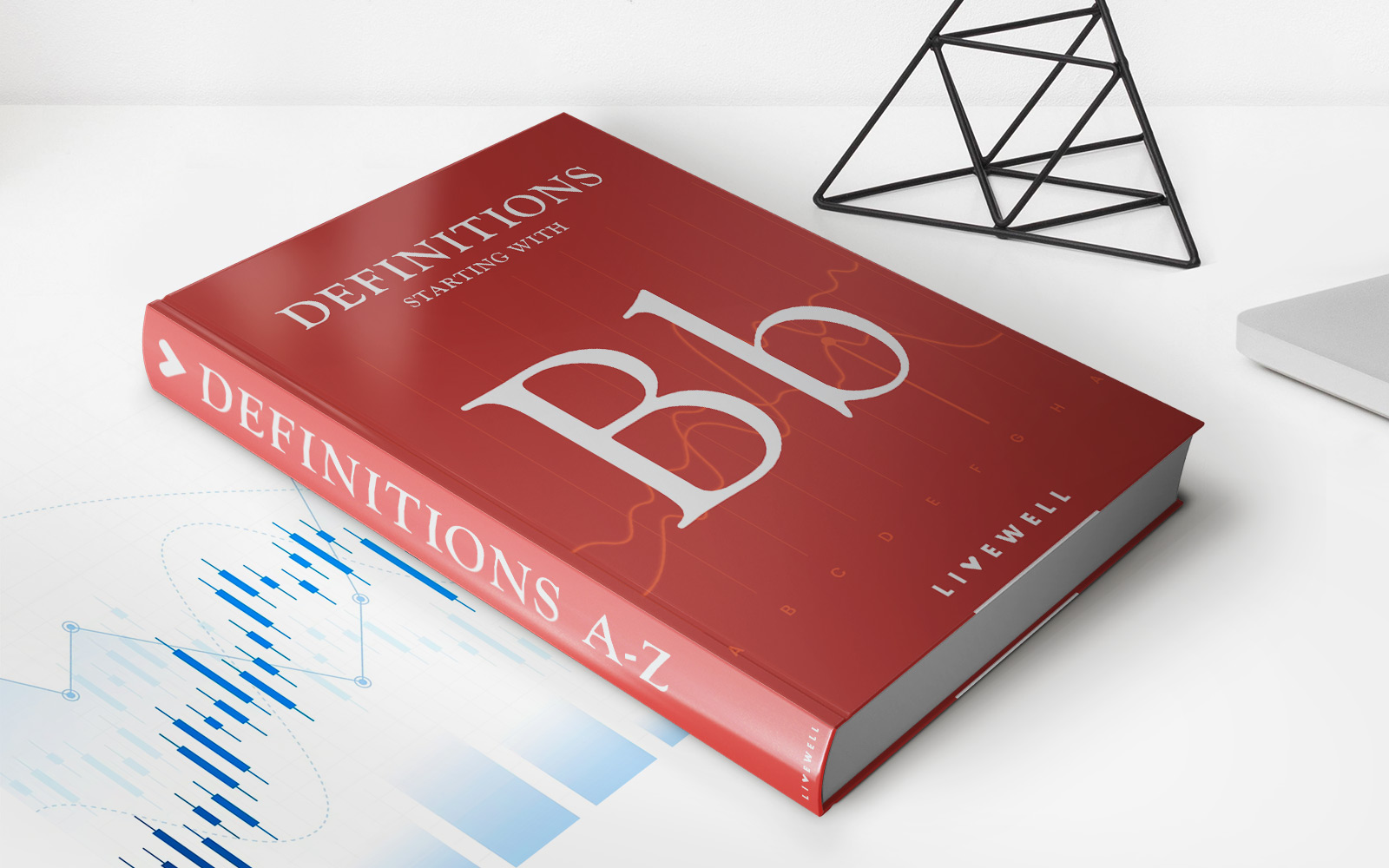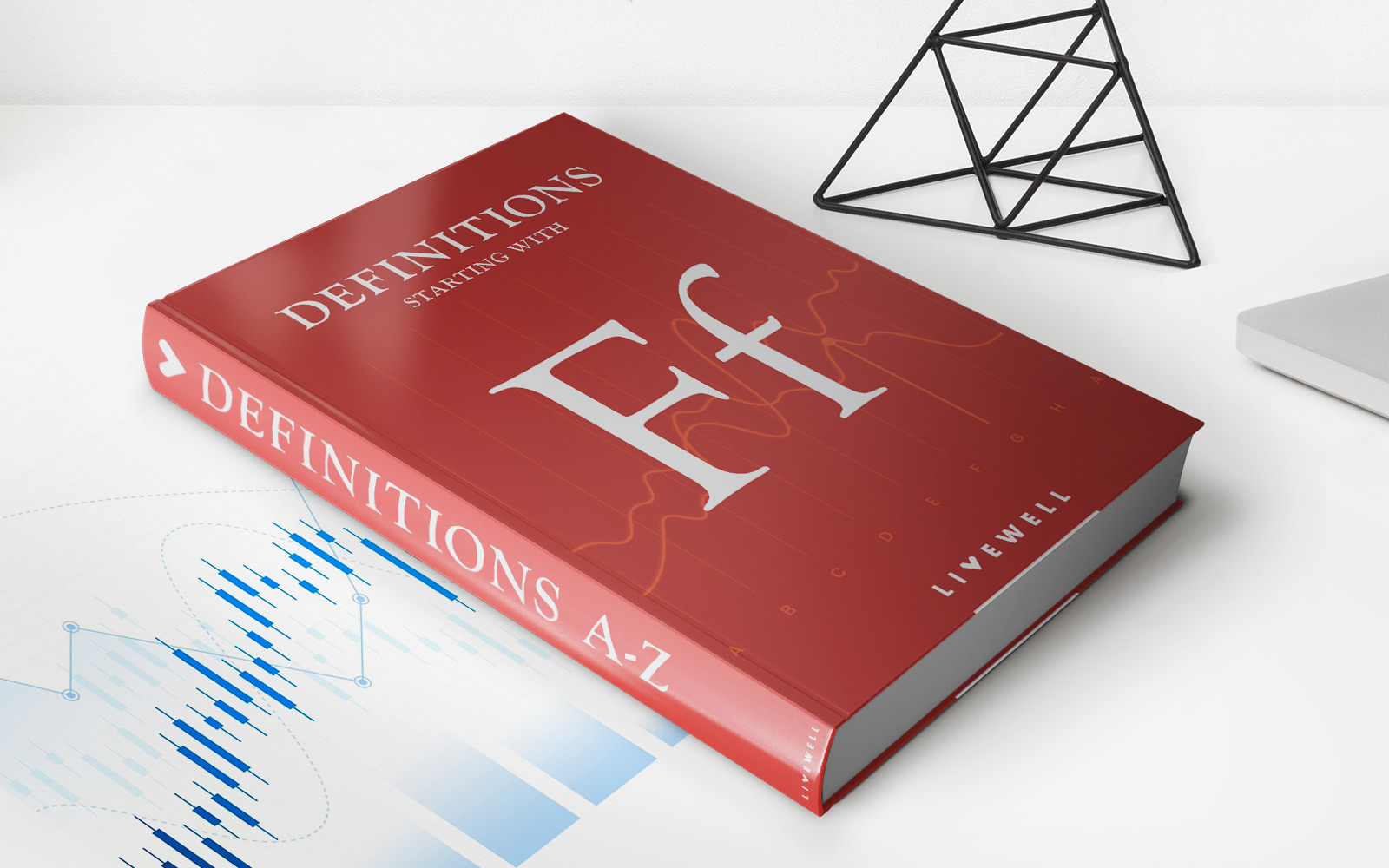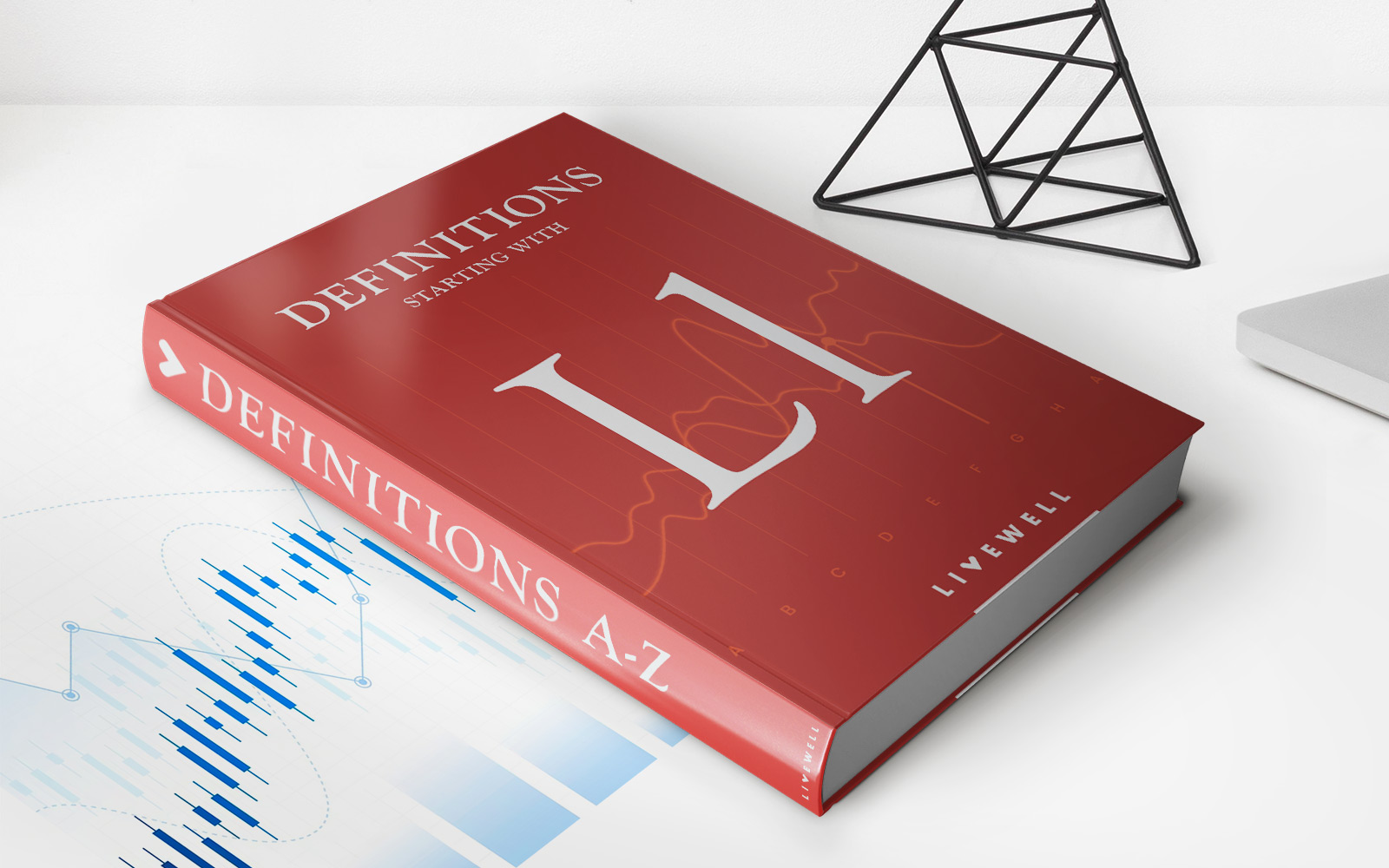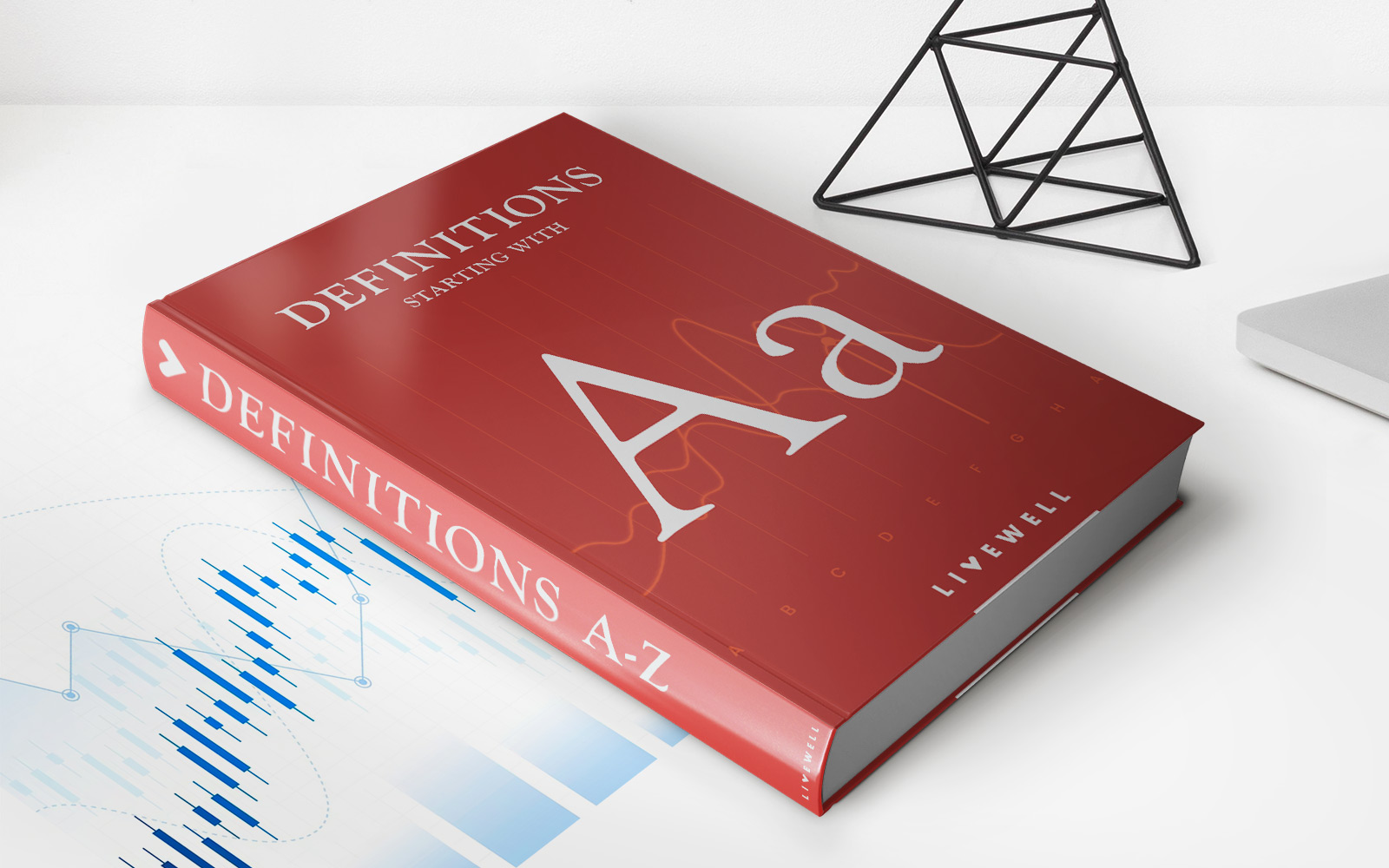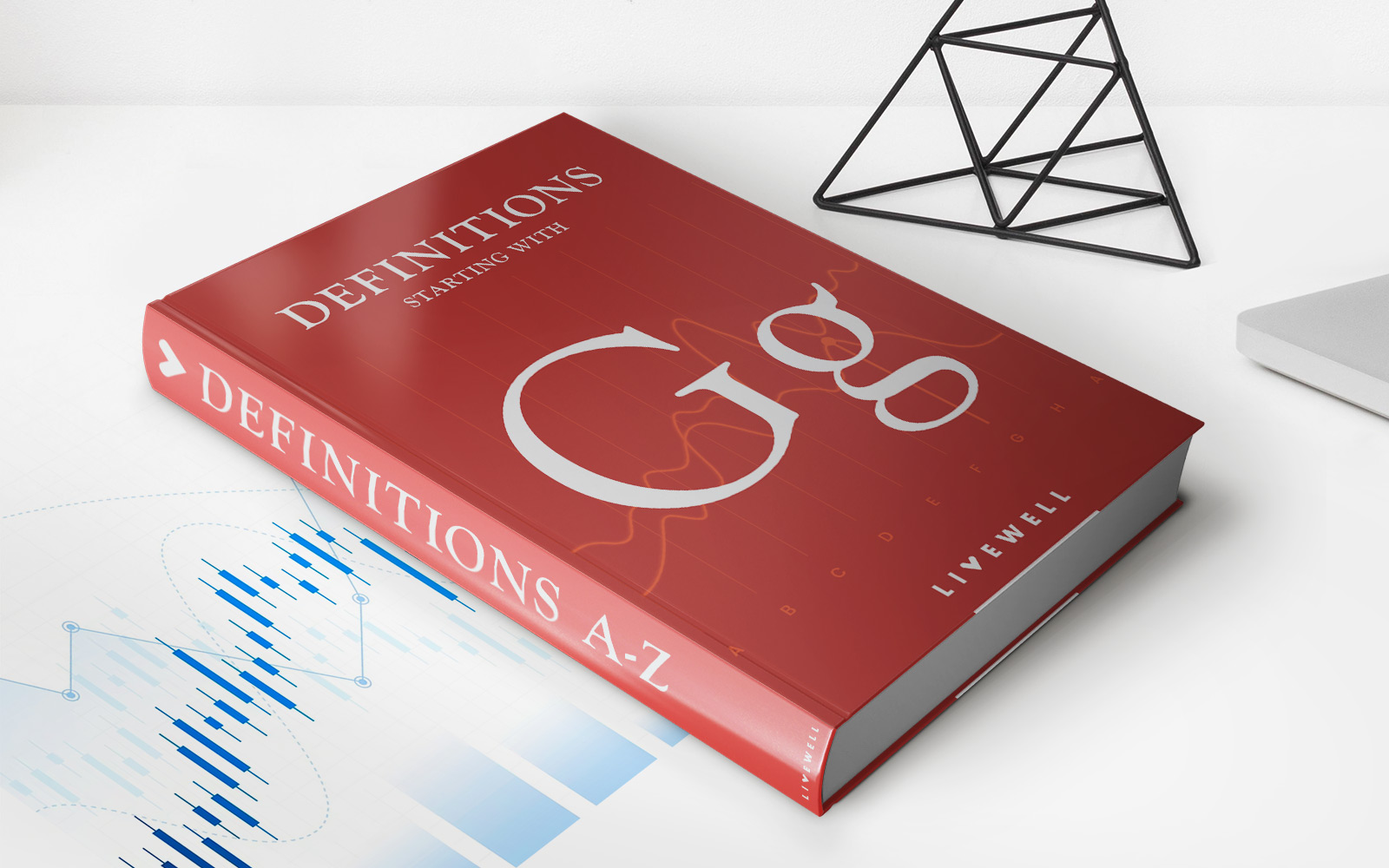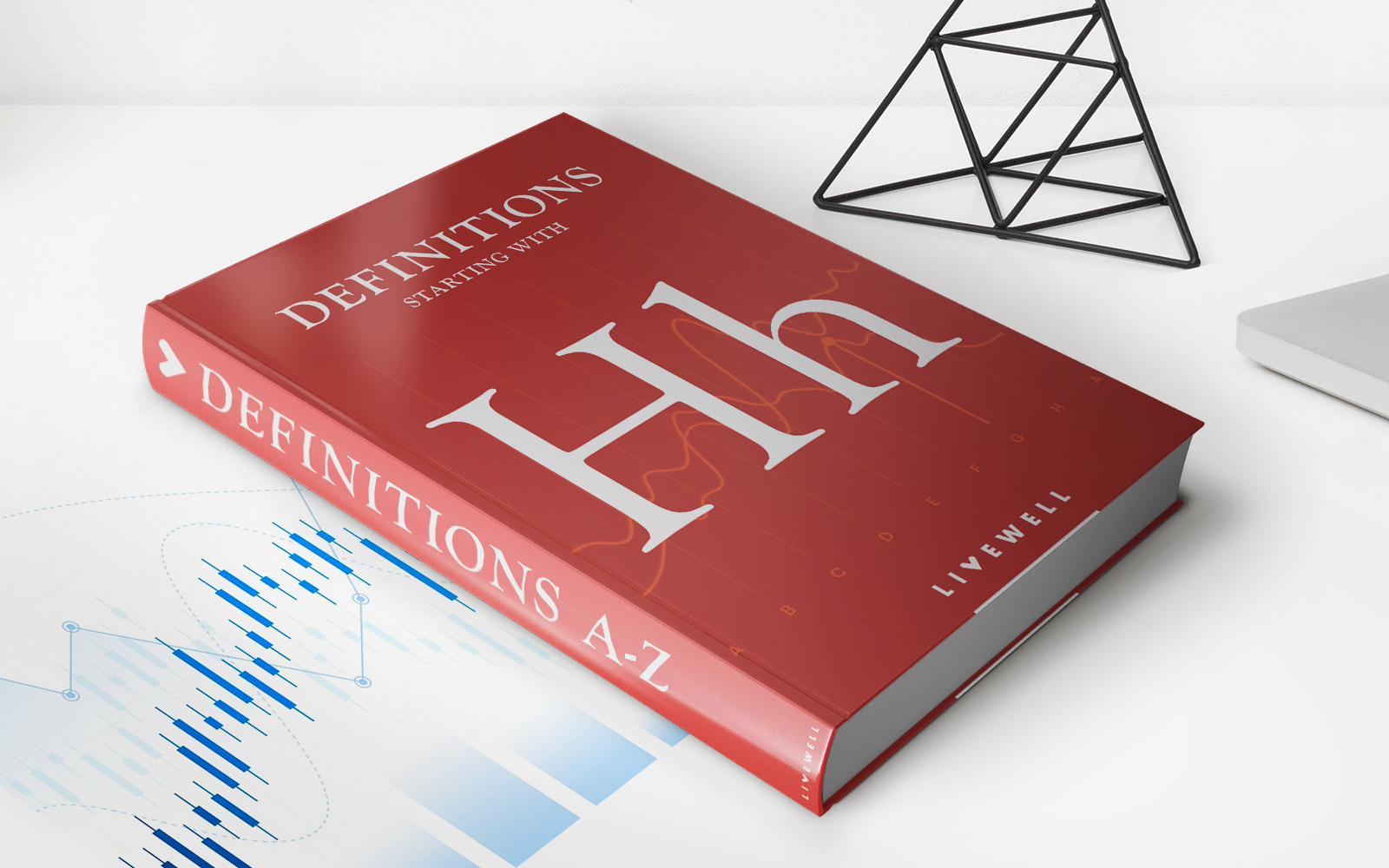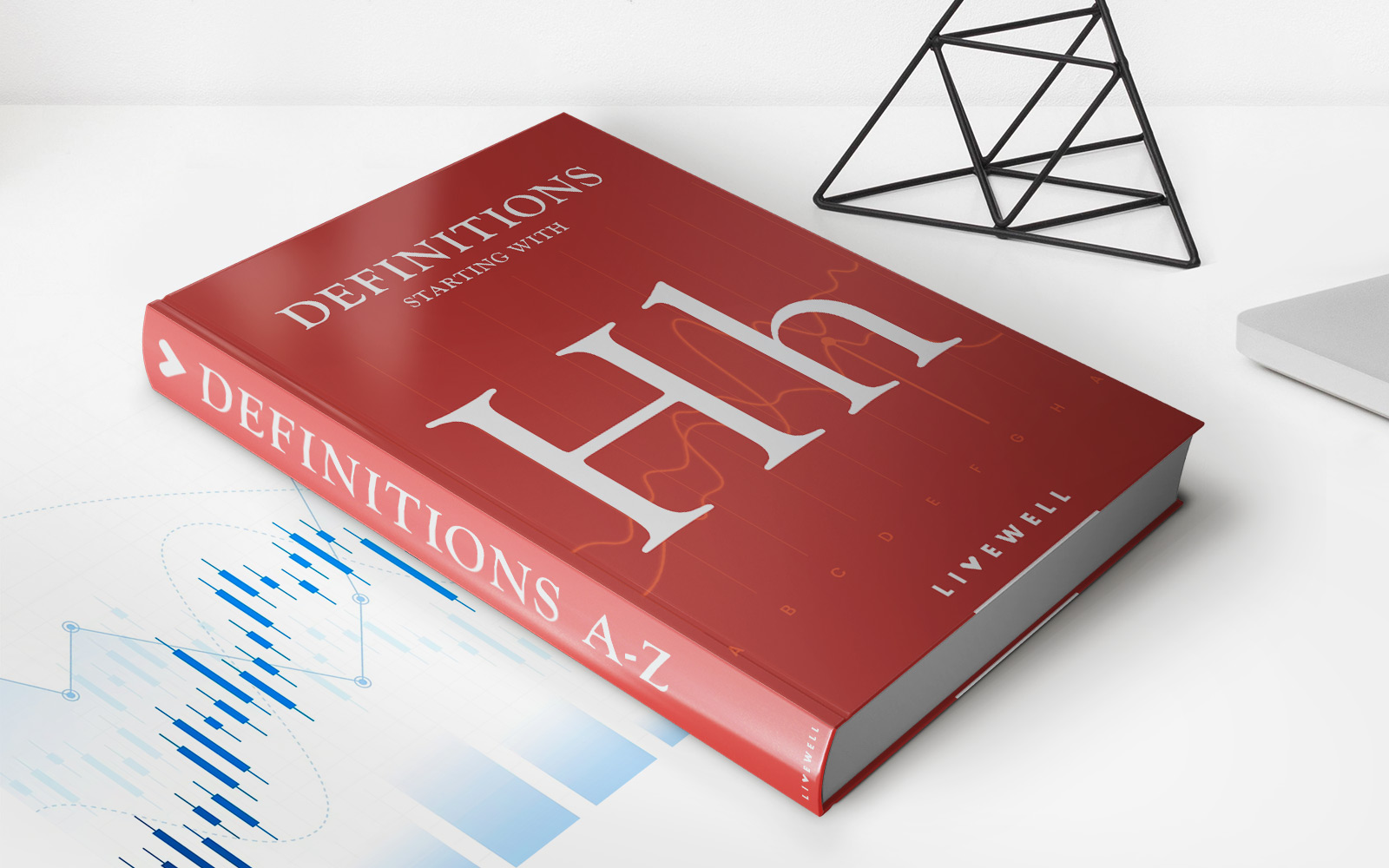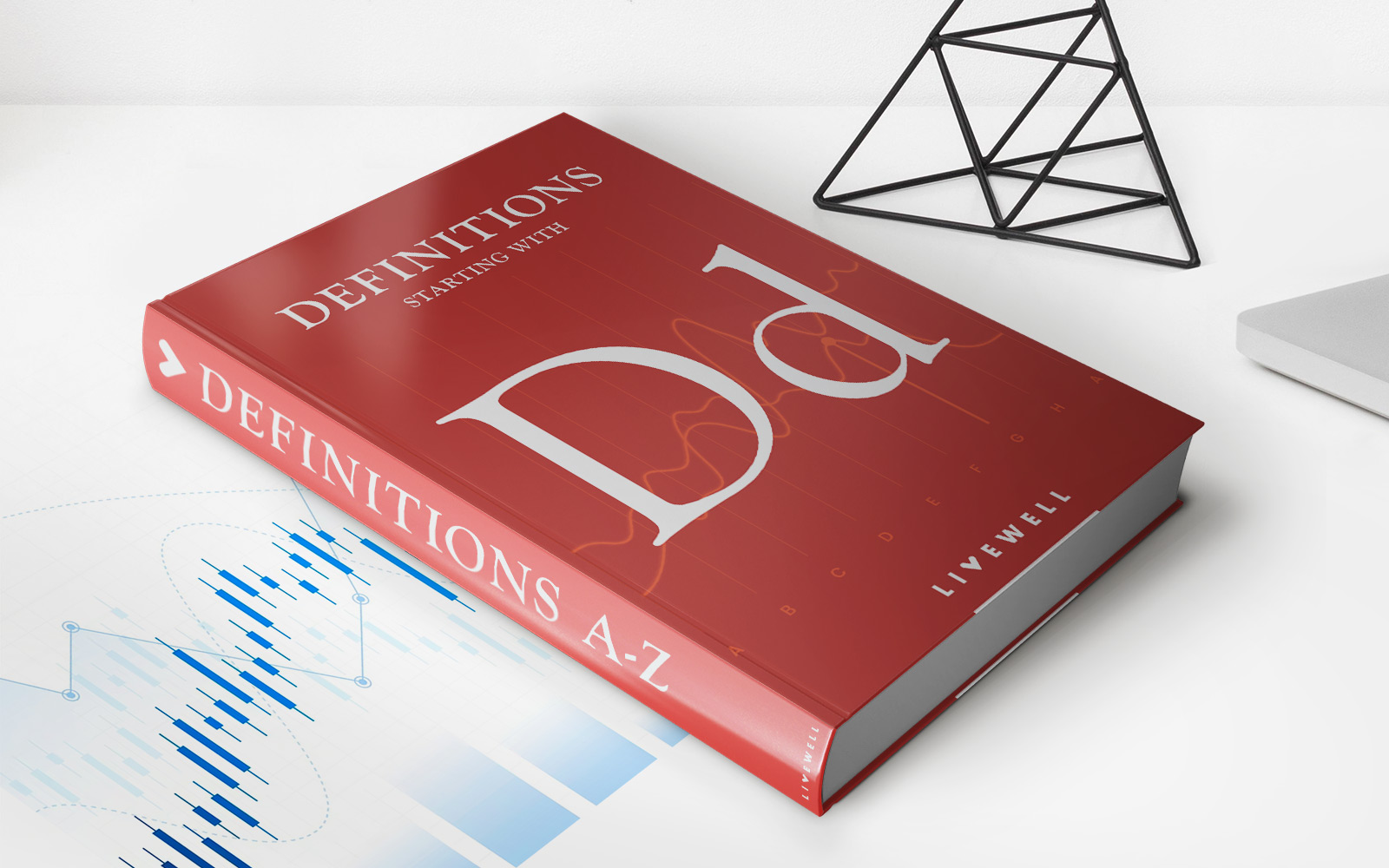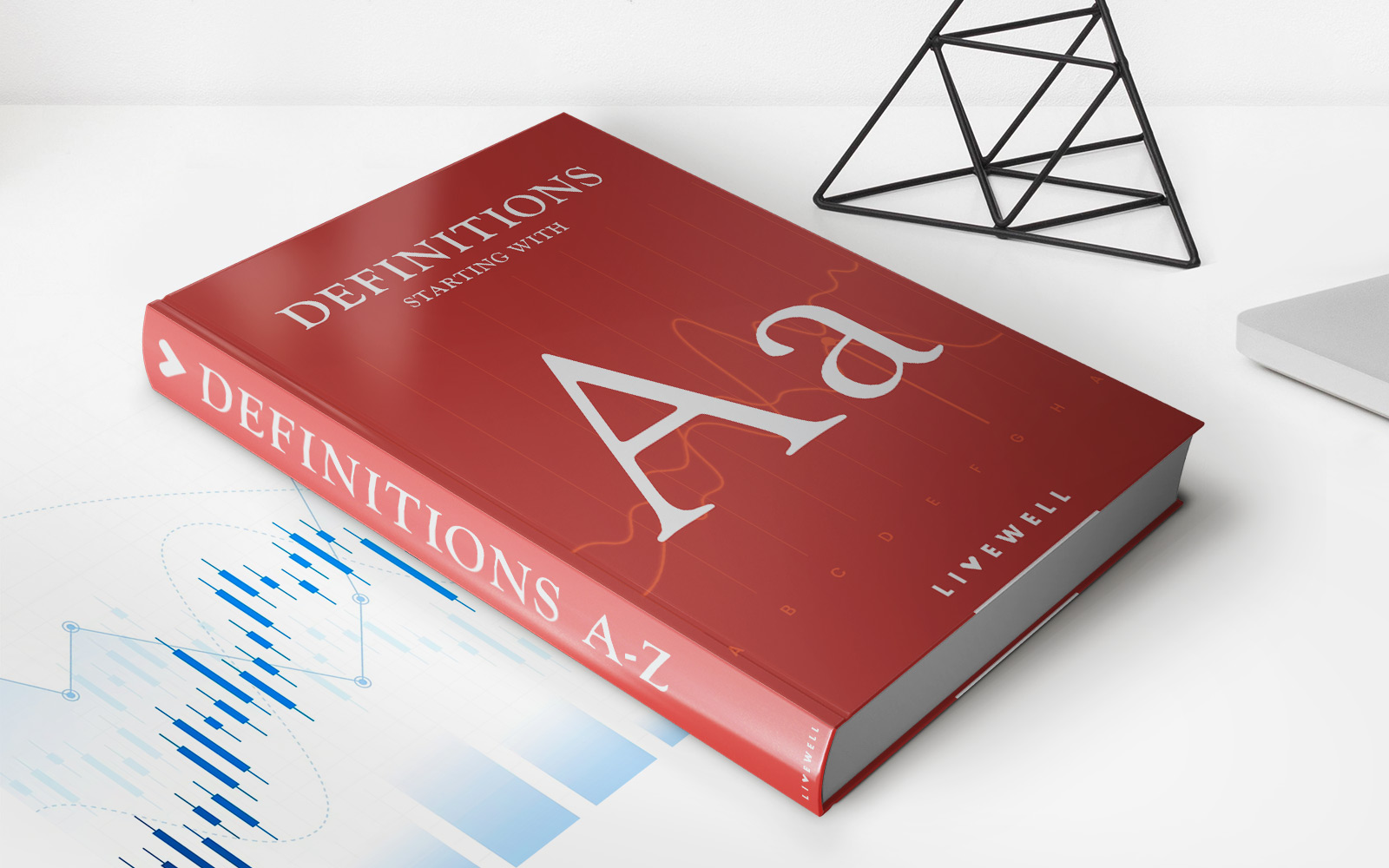

Finance
Asset Depreciation Range (ADR) Definition
Published: October 9, 2023
Learn the definition of Asset Depreciation Range (ADR) in finance. Understand how it impacts financial statements and capital investments.
(Many of the links in this article redirect to a specific reviewed product. Your purchase of these products through affiliate links helps to generate commission for LiveWell, at no extra cost. Learn more)
Understanding Asset Depreciation Range (ADR) Definition
Welcome to our finance blog! In this post, we will be diving into the fascinating world of asset depreciation and exploring the concept of Asset Depreciation Range (ADR) Definition. If you’ve ever been curious about how the value of your assets changes over time or wanted to gain some insights about managing your financial resources effectively, you’ve come to the right place. So, let’s get started!
Key Takeaways:
- Asset Depreciation Range (ADR) Definition is a concept that helps businesses determine the useful life of an asset and the method of depreciation to be applied.
- ADR takes into account various factors like the asset’s expected life, salvage value, and usage to calculate the depreciation expense over time.
So, what exactly is Asset Depreciation Range (ADR) Definition? To put it simply, it is a framework that assists businesses in estimating the useful life of an asset and deciding how quickly its value will depreciate over time. Asset depreciation refers to the reduction in an asset’s value over its lifespan as a result of wear and tear, obsolescence, or other factors.
When businesses acquire assets, whether it’s machinery, vehicles, or even intellectual property, they need to account for the depreciation of those assets over time. This is important for financial reporting and tax purposes, as it affects the calculation of an entity’s net worth and taxable income.
Using the Asset Depreciation Range (ADR) Definition, businesses can establish a range of years within which an asset is expected to generate economic benefit. ADR takes into consideration various factors when determining the useful life of an asset, such as its expected physical life, expected technological advances, usage patterns, and anticipated economic obsolescence. By considering these factors, businesses can make more accurate estimates of asset depreciation, helping them manage their financial resources effectively.
When it comes to calculating the depreciation expense, the Asset Depreciation Range (ADR) Definition helps in selecting an appropriate depreciation method. The depreciation method chosen could be straight-line depreciation, declining balance, units of production, or any other method suitable for the particular asset and its usage patterns. By matching the depreciation method to the expected asset usage, businesses can accurately represent the reduction in an asset’s value over time.
Understanding and applying the Asset Depreciation Range (ADR) Definition is crucial for businesses to make informed financial decisions. By forecasting asset depreciation, businesses can plan for future replacements or upgrades, avoid unexpected expenses, and maintain optimal cash flow. Additionally, proper depreciation calculation is essential for accurate financial reporting, tax compliance, and determining the true profitability of a business.
In conclusion, the Asset Depreciation Range (ADR) Definition is a valuable tool for businesses to estimate the useful life of their assets and calculate depreciation expenses accurately. By considering factors such as an asset’s expected life, salvage value, and usage patterns, businesses can make informed decisions regarding their financial resources. So, whether you are a business owner or a financial enthusiast, understanding ADR can go a long way in optimizing your financial management strategies.
Stay tuned to our FINANCE category for more insightful articles and helpful tips to empower you on your financial journey!
